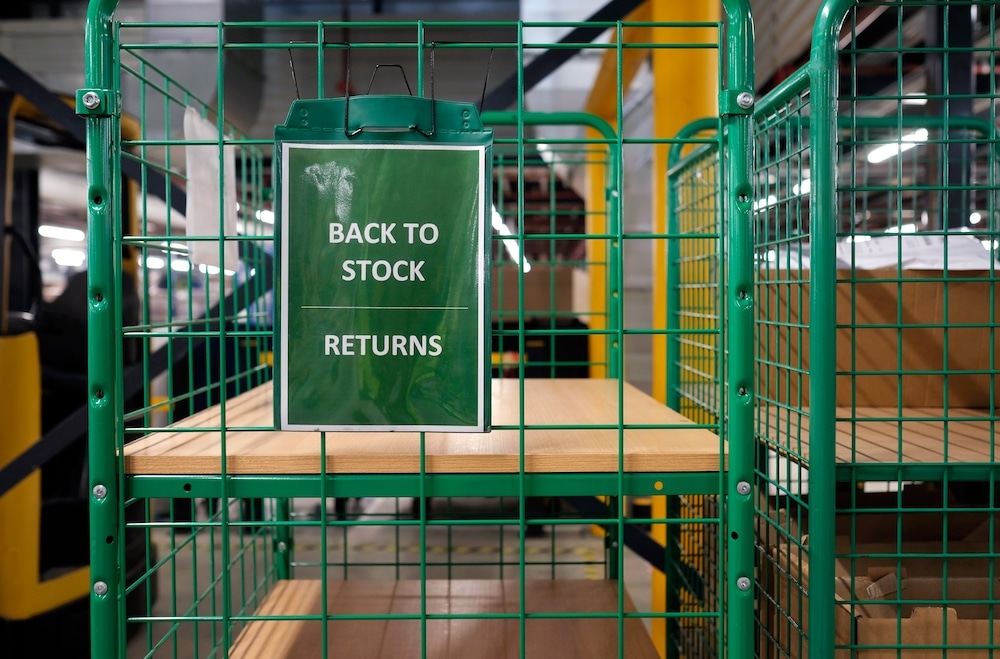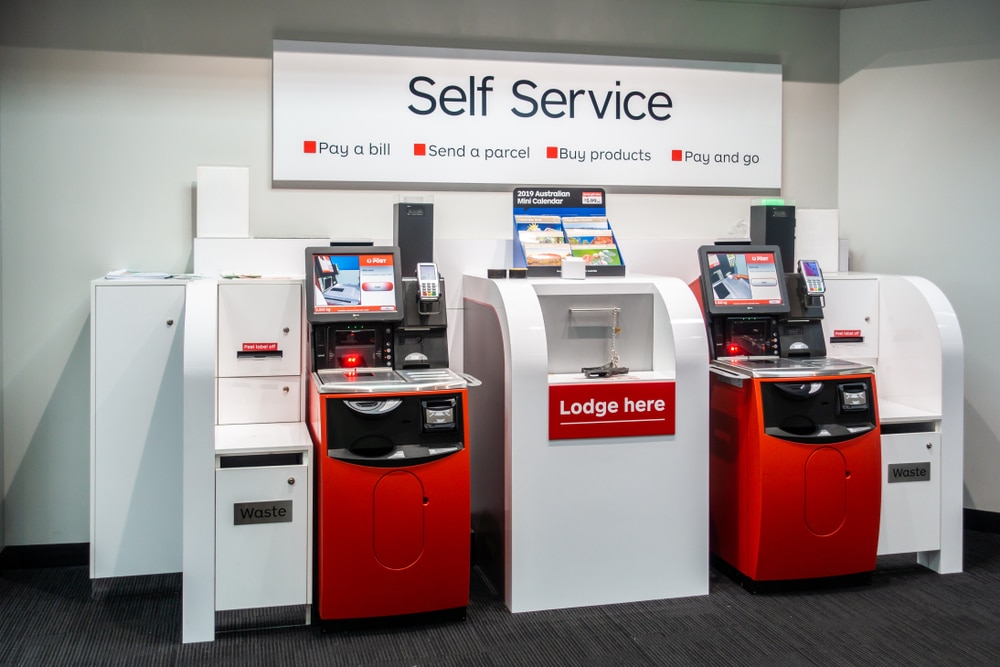Insight / Blog
How you can use Amazon’s giant innovation budget to your benefit

You can’t afford to copy Amazon, but you can’t afford not to innovate and adapt for customers like Amazon does.
Amazon frequently catches headlines for a new business area it is moving into, a new proposition for its customers or an innovation it has patented. Of course, some of this is calculated with headline-grabbing in mind – witness the string of patents it filed around drone delivery, automated flying warehouses or underwater item storage space. None of these are particularly realistic or useful in the short to medium term, but they illustrate the desire to keep driving innovation and staying a step ahead of consumer behavior.
What is much more relevant to retail right now is Amazon’s strategy to keep pushing at the boundaries of convenience, especially in delivery and fulfilment.
Amazon’s influence is well-documented
It’s hard to imagine that standardized two-day shipping would have taken off in the way it has were it not promoted by the biggest online retailer in America. Customer expectations around returns and delivery options have also both been fundamentally shifted thanks to Amazon’s constant focus on the customer experience.
Given their outsized influence on customer expectations and the ability to exploit their market capitalization to operate at a loss for many years while capturing a huge share of the ecommerce market, Amazon is unsurprisingly unpopular with many in retail.
But “customer obsession” isn’t just for loss-leaders, and investing in key customer experience areas isn’t just for a market leader. The problem for retailers is one of perspective. There’s a feeling that they can’t afford to offer the kind of convenience that Amazon is known for. The truth is that they cannot afford not to.
Amazon is telling on itself
I don’t mean that retailers have to mimic Amazon’s offering or blindly follow their lead, but we can all see that customers will start to expect whatever Amazon offers, wherever they go. It happened with shipping, we’ve seen it with returns, and now Amazon is dropping lockers and Amazon Collect locations into department stores to give customers another delivery and return option.
Omnichannel retailers should jump for joy seeing this, if their mission is to compete with Amazon and win their customers. Amazon is effectively admitting that stores are incredibly vital when it comes to getting ecommerce purchases and returns to and from customers, pointing out its own weakness and the strength of other retailers.
Customers like having the ability to collect and return purchases in stores. The benefits go both ways; for retailers getting existing customers through the doors is a great bonus. Having control over the final handover of the purchase means they can ensure a great experience, whereas Amazon are susceptible to the classic missed delivery, a parcel left in the rain, with a distant neighbor, et cetera.
What retailers can do about it
Amazon is in some ways doing the expensive research work on behalf of the whole market. Like them or loathe them, they push retail forward and give retailers great indications of where customer expectations and behaviors are evolving. So don’t worry about not being able to afford to copy them, because you don’t need to – you can learn from Amazon’s moves and apply them to your own expertise and strengths. What you can’t do is ignore the rising tide of customer expectation.
For example, Amazon is currently pushing a boatload of money and resource into buy-online, pickup in-store options (BOPIS) and buy-online, return in-store (BORIS) (witness its widely rolled-out partnership with Kohl’s).
Retailers with stores have the huge advantages over Amazon in that they already have the stores and they have the stock in those stores. Best Buy managed to turn around its fortunes by maximizing this advantage, shipping ecommerce orders directly from its stores.
Whether it’s about delivery, BOPIS or BORIS, investing in the store as a fulfilment option is a vital way for retailers to get ahead of Amazon. It could be time for a lot of retailers to look at how they can fully utilize their store estate in the delivery and returns process. It’s also time to recognize that customer-centric offerings in logistics aren’t a loss-leader tactic, they’re an essential part of the customer journey just like acquisition and merchandising.
Topics:
Related articles
Why mastering returns is key to 3PL growth
With returns management systems, 3PLs can turn returns from a burden to a competitive advantage.
7 tactics to drive self-service parcel drop-off adoption
Focusing on parcel kiosks, we explore 7 tactics to encourage customer adoption and drive volume into out-of-home (OOH) delivery networks.
Lessons from a decade in the first and last mile
A decade as Doddle taught us some lessons - and Blue Yonder helps us see what will matter in the next decade.














